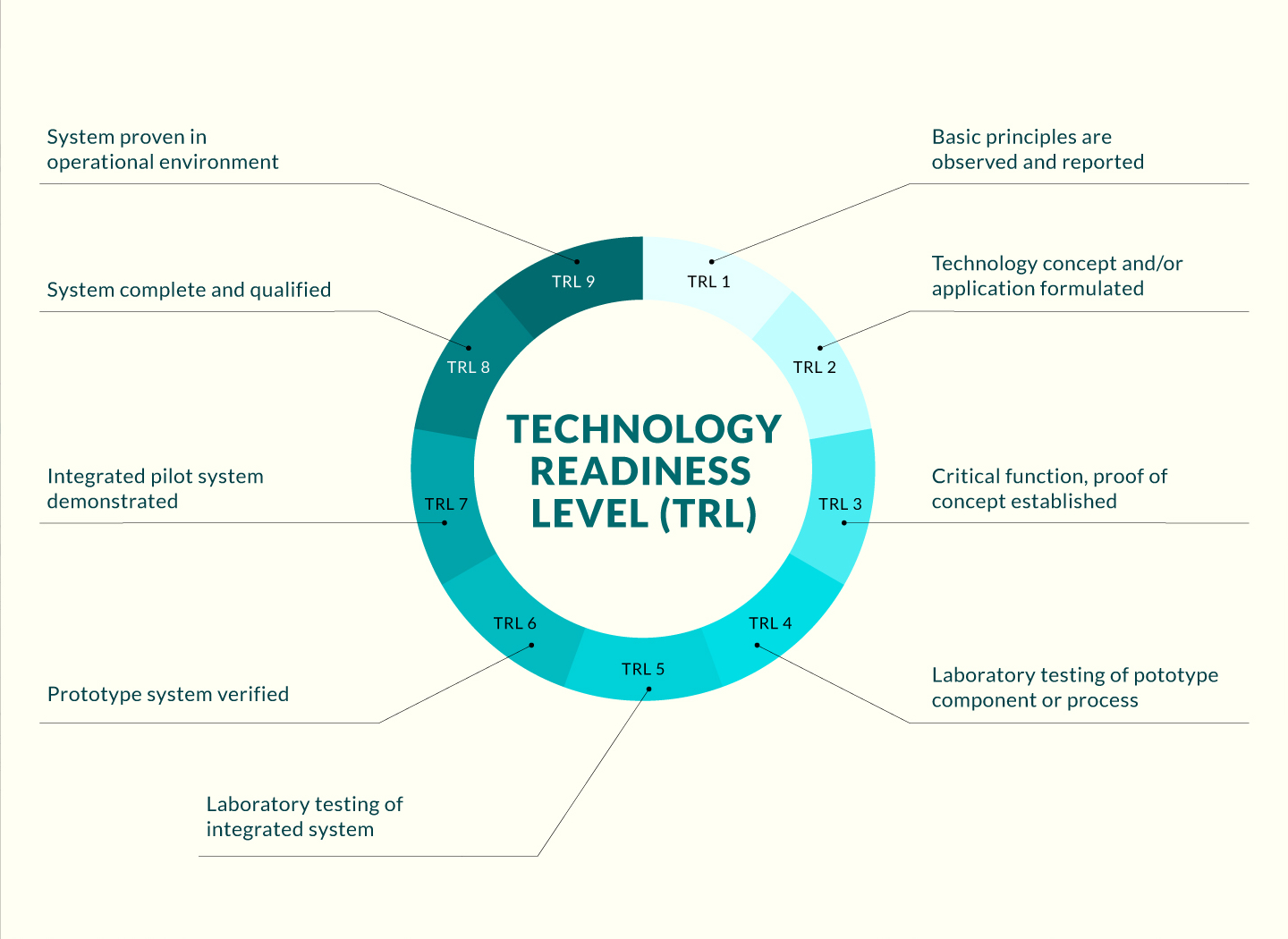Link Copied.

Energy & Environment

Manufacturing
Buildings and Construction Technology
Nanotechnology and New Materials

Opportunity
In organic synthesis, potent reducing agents were dominated by group 1 metal elements, such as lithium, sodium, potassium, etc. However, these metal elements are highly reactive and have potential safety issues in store, transportation, and the work-up process during the synthesis. Besides, the reduction reactions often resulted in side-products with high basicity. We developed organoboron compounds, which can be used as a two-electron-reducing agent for organic synthesis. Notably, these organoborate compounds are physically stable and environmentally friendly, rendering them valuable applications for organic synthesis.
Technology
- Developing an organic boryl anion as a potent reducing agent for organic synthesis.
- The preparation of such a boryl anion is easy and straightforward. Compared with alkali metals, the physical properties of these boryl anions are mild, stable, and easy to transport and store.
- This boryl anion can undergo Birch reductions similar to strong metal-based reducing reagents.
- This boryl anion can facilitate E-E coupling reactions, nitrogen-based aromatic C-C coupling reactions, and selectively catalytic CO2 reduction into CO, which can’t be achieved using alkali metals and other reducing agents.
- The borate anion is redox-active/stable, rendering its potential electrochemical application.
Advantages
- Cheap, safe and environment-friendly compared with known metal-based reductant
- Robust two-electron-reducing reagent
- High potential electrochemical application
Applications
- Organic synthesis, pharmaceutical production and material science
- Electrochemical application (lithium battery and solar cell)
Remarks
1. International Exhibition of Inventions of Geneva (IEIG) 2024 - Bronze Medal
IP Status
Patent filed
Technology Readiness Level (TRL)

7
Inventor(s)
Questions about this Technology?
Contact Our Tech Manager
Contact Our Tech Manager
Organoboron Compound Useful as a Two-Electron-Reducing Reagent and a Method of Making the Same


